Depending on where you are with your business, you might not be able to afford a graphic designer. While there are plenty of helpful branding tips available online, sometimes people learn better from going step by step with a more specific example. Today we’ll be branding a theoretical coffee shop. Here’s a quick guide to finding your business’s unique brand identity.
Study Your Competitors
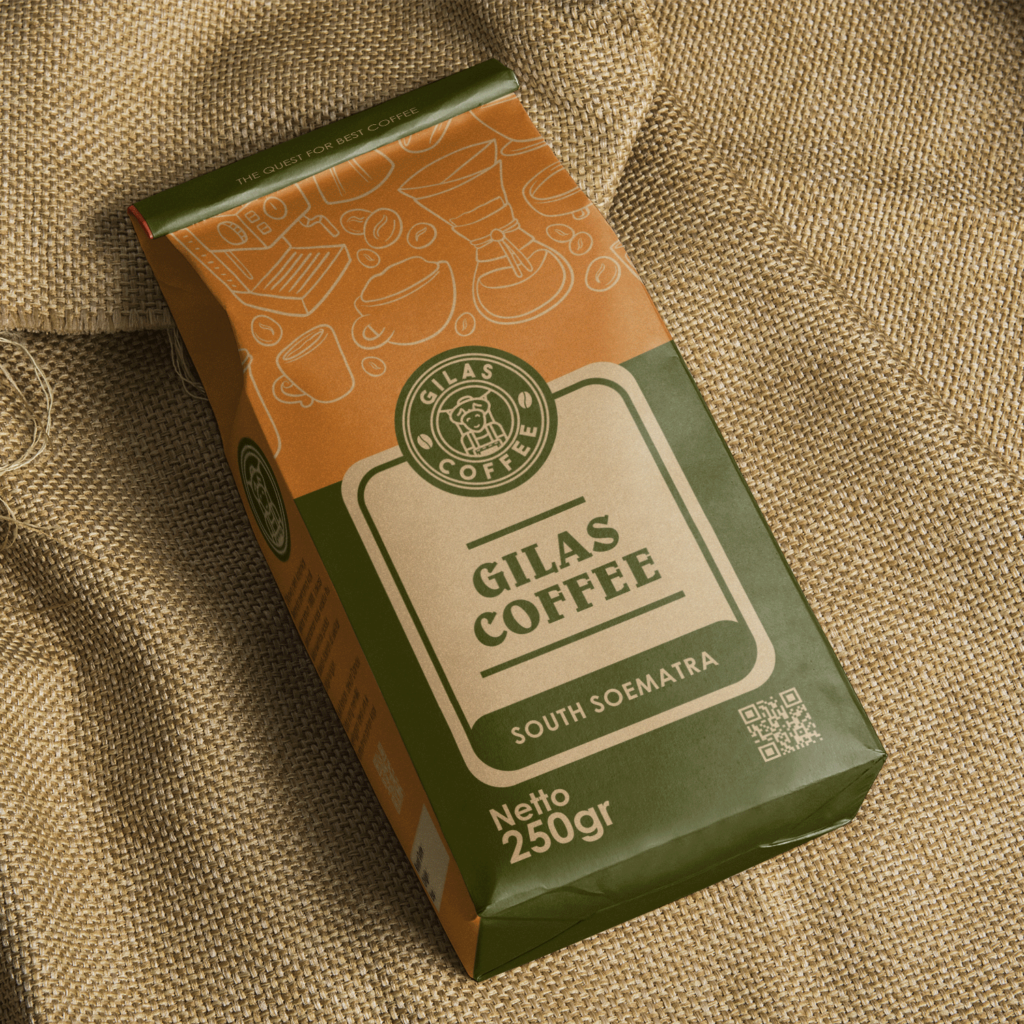
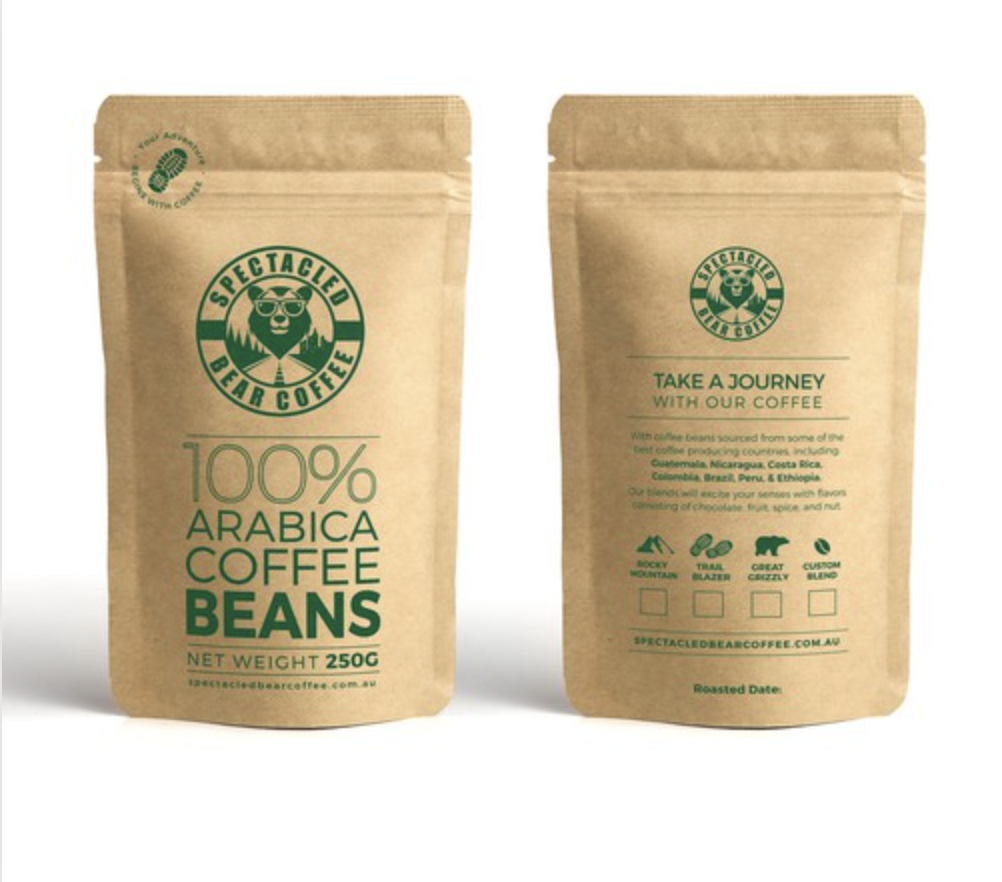
One of the most important steps in the initial research for your business’ branding is to study what your competition is doing. In our coffee example, you might try searching for local coffee shops and going to their website to see what the average coffee branding looks like. Pinterest is also a great resource to assess the general commonalities and get some inspiration.
When you look at the average branding for a coffee shop in recent years, bold, geometric fonts that are typically curved or placed around a circle are the standard. Warm olive greens, reds, and brown with burlap textures are also a commonality, evoking the comforting feeling that a cup of coffee can bring. Look at these examples of two different brands, Gilas coffee and Spectacled Bear. While they possess some unique aspects like the style of bag, overall the color and feeling are not wholly different. Many examples of coffee branding you’ll find fit into either the rugged vibe of the brand, or the warm relaxed energy of Gilas.
Pick a Differentiator
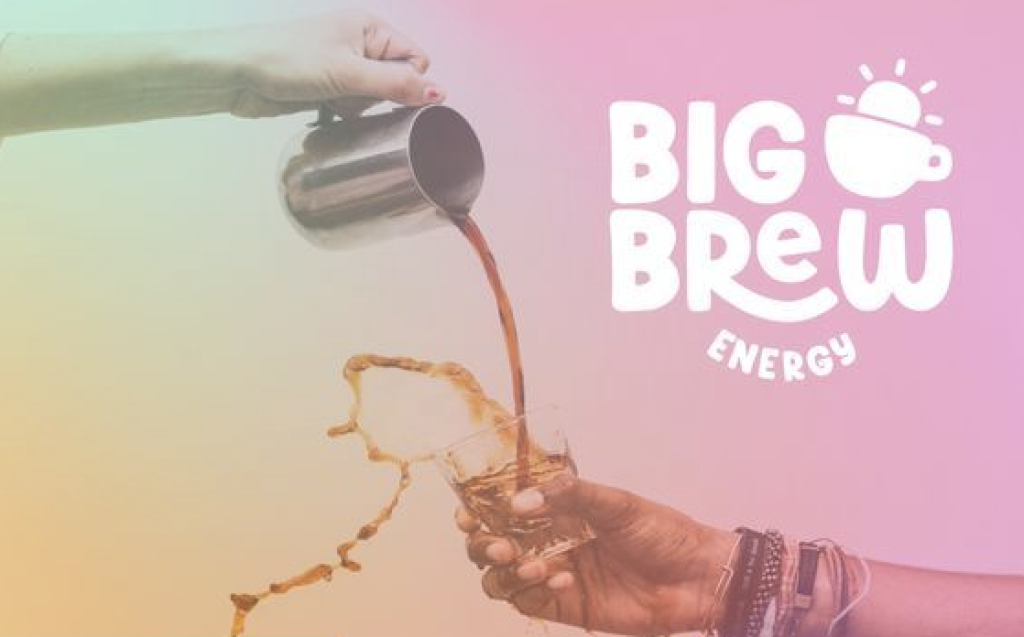
Once you’ve studied the market and your competitors, it’s time to decide where you stand out. Maybe instead of wanting to go for a more classic approach with the warm color palettes or detailed illustrative elements, you decide for a bolder, more playful approach. Chunky typefaces, bright, lively colors and mischievous slogans might be a good starting point for that strategy. We will be taking a look at the company “Big Brew Energy,” as our primary example.
Find Your Voice
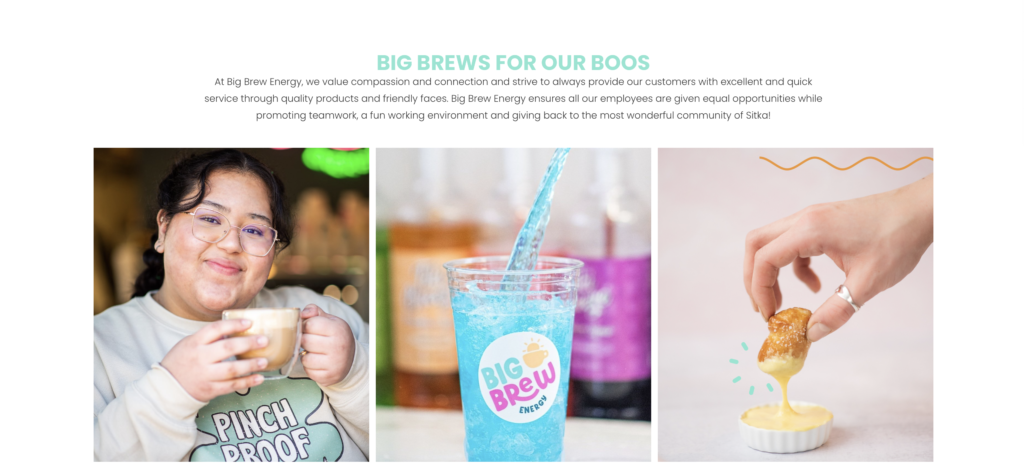
Not only will you need a specific visual strategy, but also you will need a “voice” for your branded materials. Think about your differentiator, and what your brand might sound like if it was a person. Write all of your materials (website copy, printed flyers, social media posts, etc.) in the same voice.
For our Big Brew example, the brand’s voice would be more informal and irreverent. Short, straight to the point sentences with a slight humor and sarcasm to them would perfectly fit the brand identity. On the business’s website, they include statements like “Big brews for our boos,” and “coffee, please.” Your chosen voice is designed to appeal to your target customer directly in a language, both written and visual, that they can relate to.
Make Several Marks
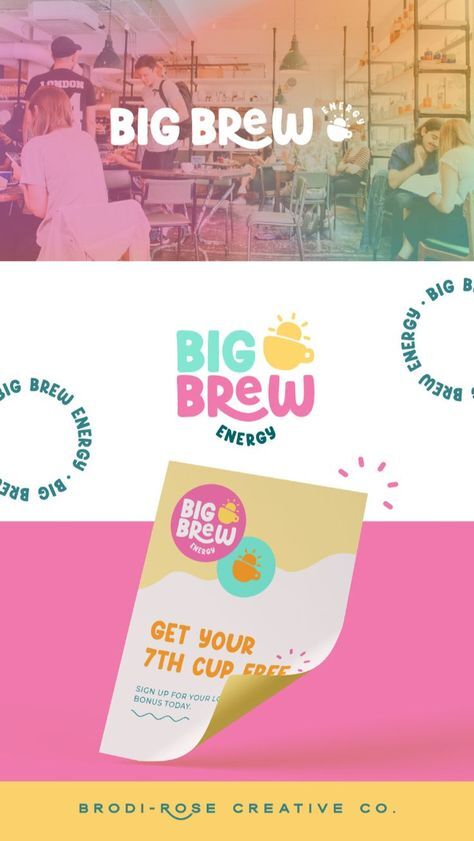
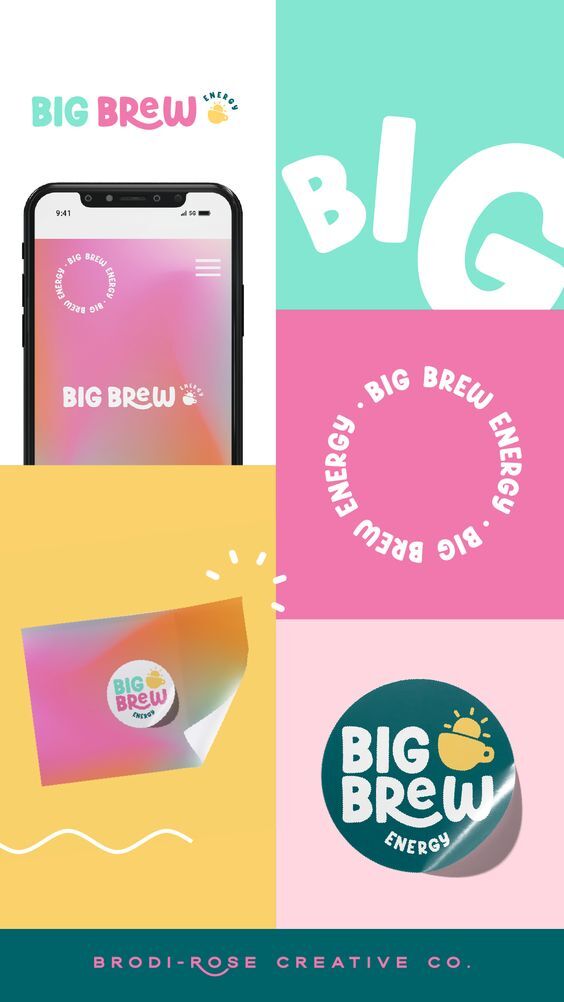
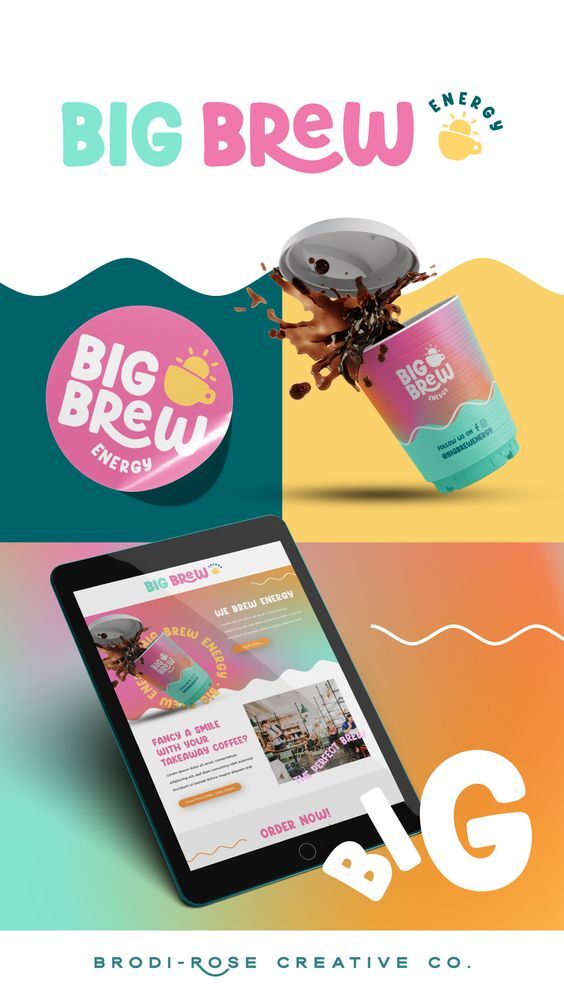
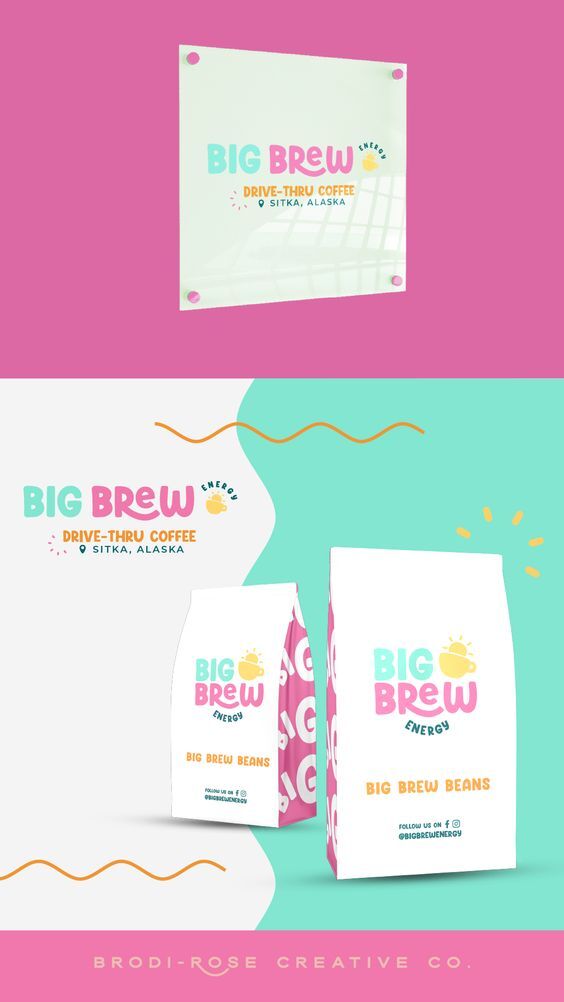
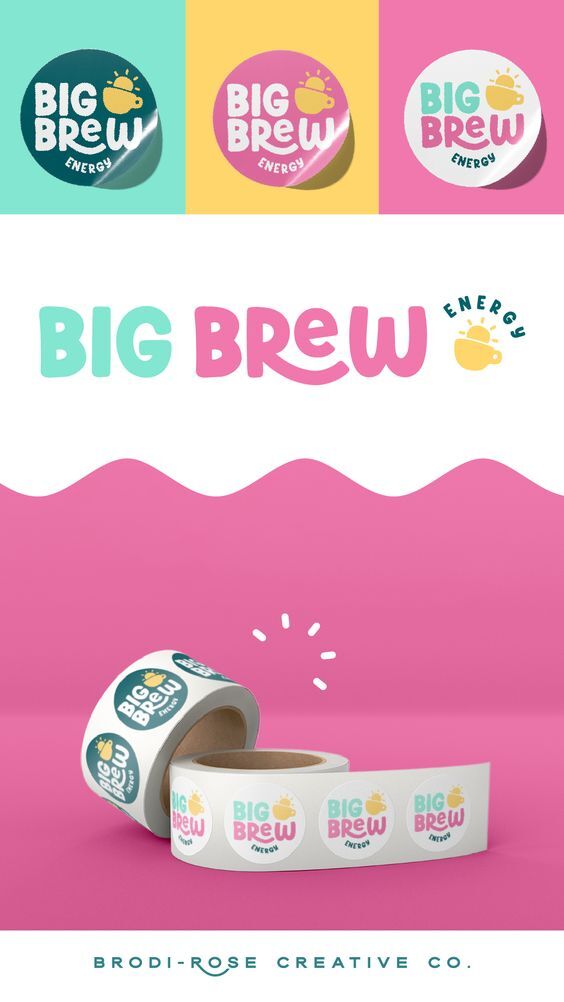
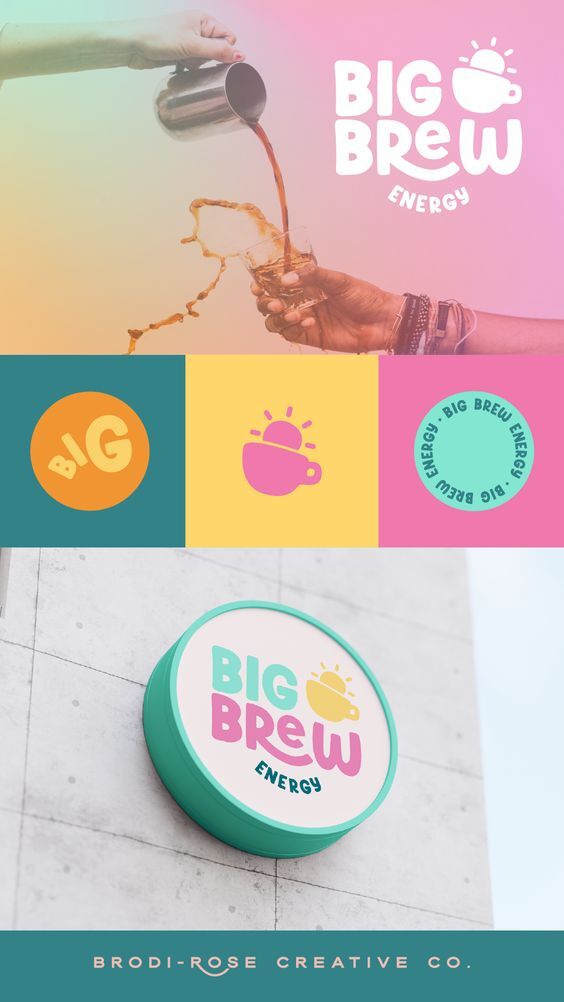
You may be surprised to discover that you need more than just a logo for your business’s branding. Sometimes a symbol or “mark” can take the form of an abbreviated version of your logo that matches with your branding and allows you to be recognizable without being overly repetitive. It will make you stand out from the competition that only has one symbol to indicate their brand. In our coffee shop example, maybe try making a cool pattern out of the cup and sun mark to put on your baked good boxes or to-go cups. Just be careful not to use your marks too far out of their given context, sometimes pairing them with your logo can make them less confusing (depending on how abstract they are).
Sometimes the best way to create more assets to use is by deconstructing the logo. Utilizing a close-up of different elements on your branding. In our example, the cup with the sun erupting from it serves as a separate asset. A slightly altered version of the “big” type also has a place in the brand book.
Consider Merchandise
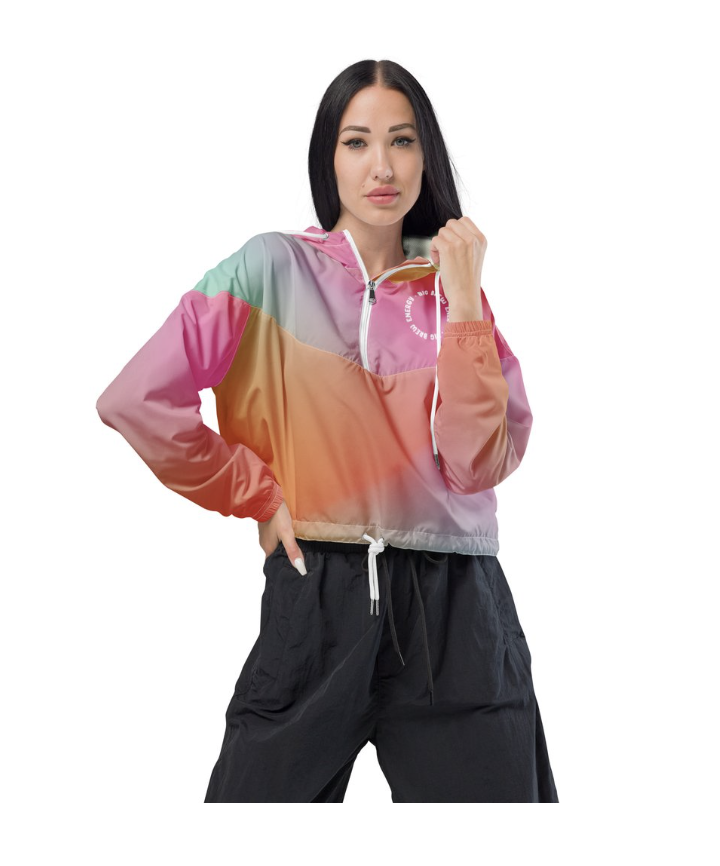
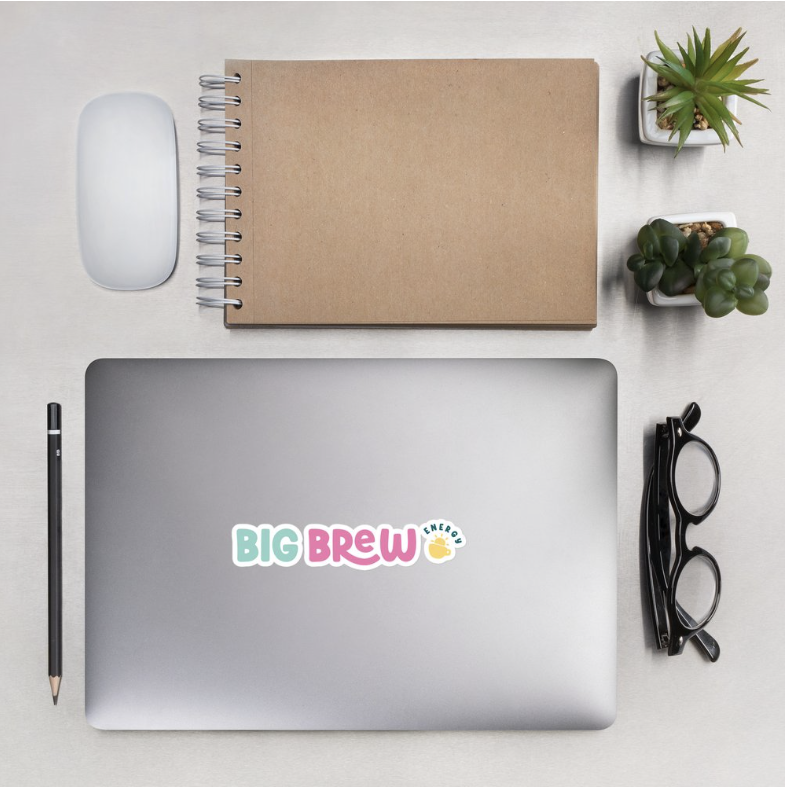
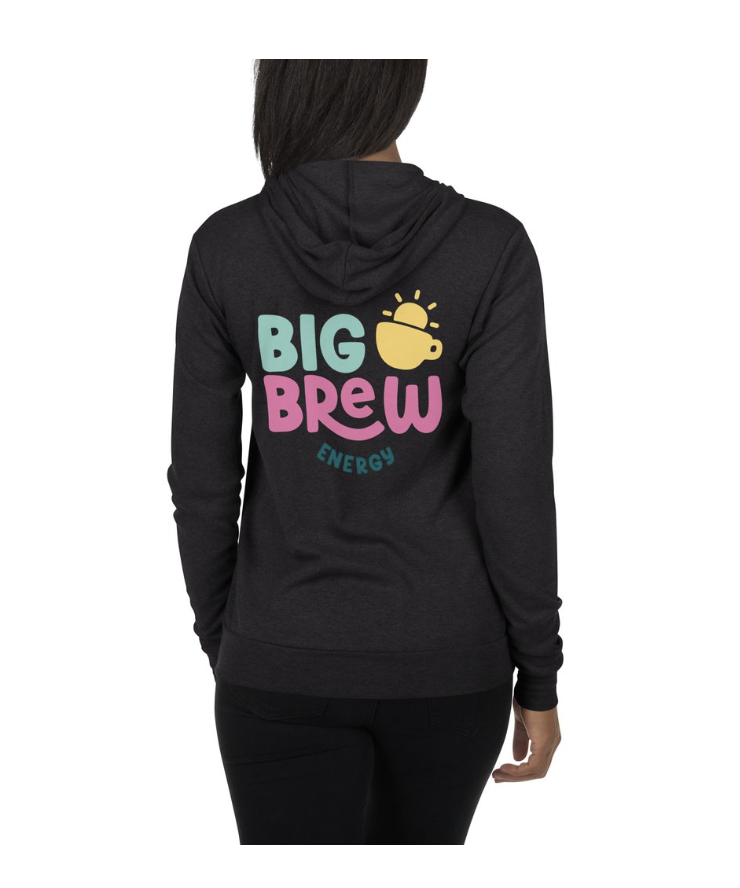

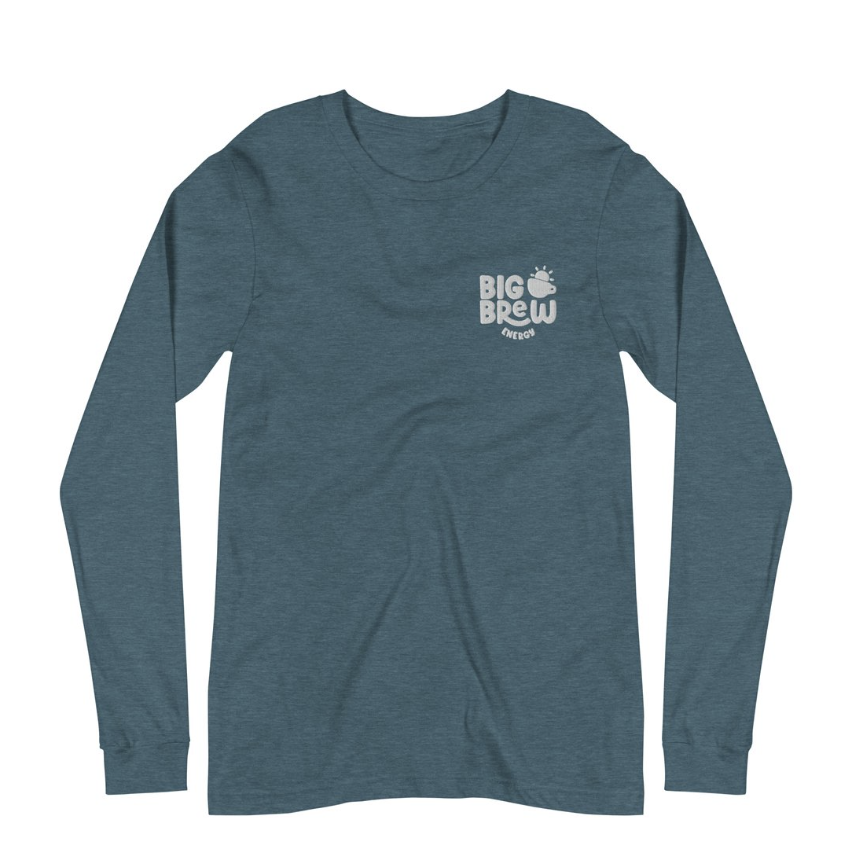
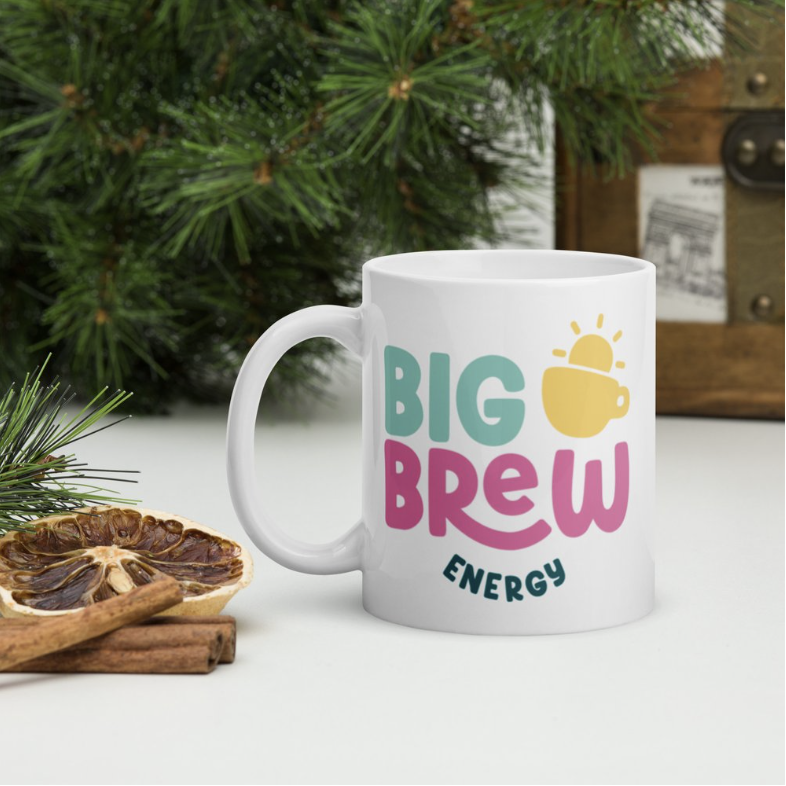
Apply your branding everywhere. Your website, stickers, coffee bags, mugs, shirts–the floor if you can. Use the extra marks you made wisely across your merchandise– instead of just slapping your logo on everything, maybe zoom in on specific elements or use the abbreviated marks. Choose merchandise and products that make sense for your business. Bags of coffee, mugs, coasters, stickers, and t-shirts would be a great place to start for our coffee shop example.
This example from our chosen coffee shop shows how to apply branding across different types of merchandise.
Conclusion
Once you find your brand’s identity it will help your business to become unique, creative and professional, leaving a lasting impression in your customer’s mind. Finding your voice will solidify your businesses’ unique place in the market. Rather than just using one version of your logo, applying your branding in a more creative way will make your business even more memorable and intriguing.
If you need help brainstorming brand identity ideas, learning how to do competitor research or want feedback on your brand ideas, book a FREE Business Coaching session.

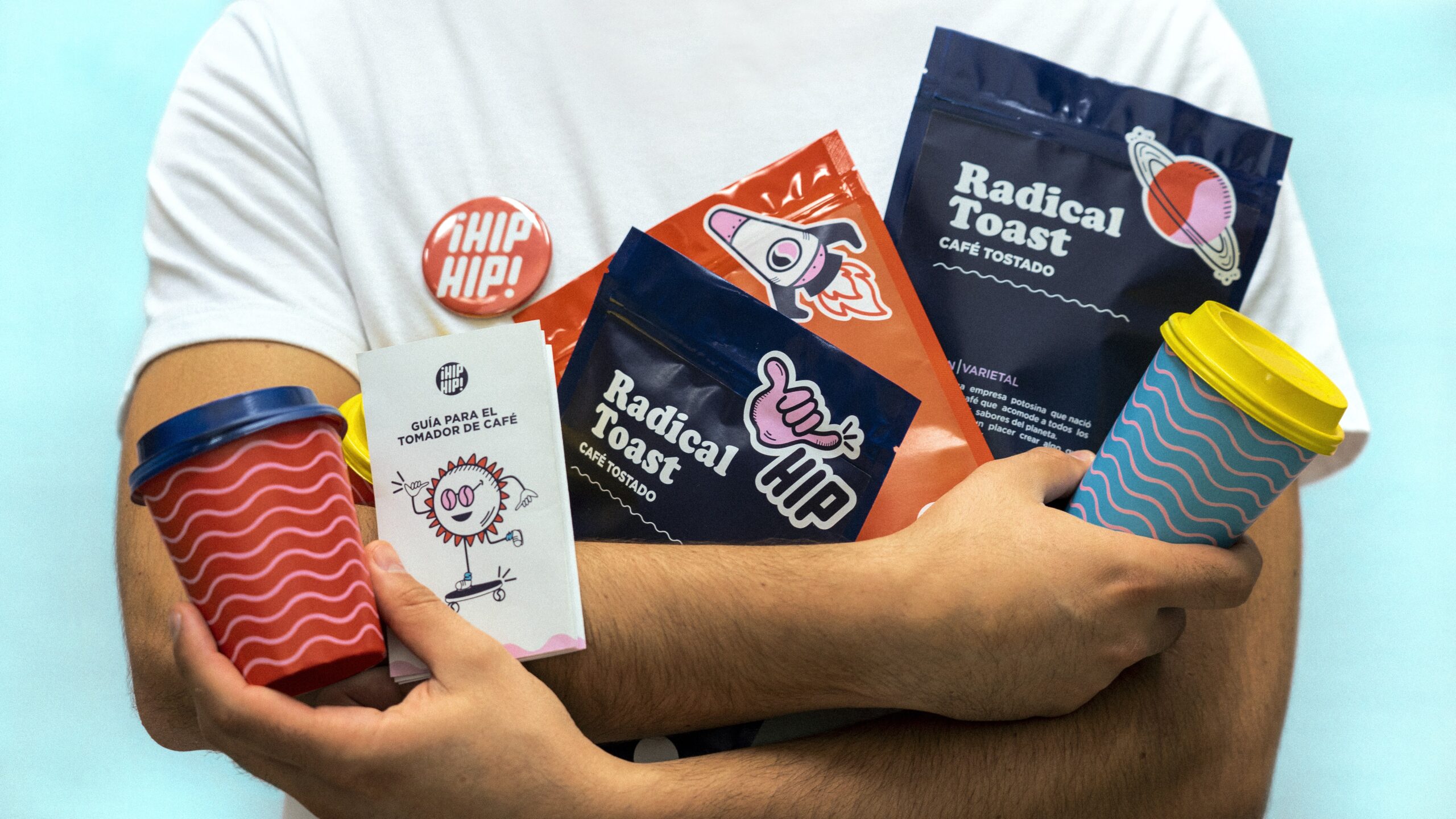
One Response
Thanks, Kara – Appreciate your ideas/suggestions!